From Retro Finds to the Latest Tech, the PGA Show Again Had It All
The Arena Media Brands, LLC and respective content providers to this website may receive compensation for some links to products and services on this website.
ORLANDO, Fla. — The annual PGA Merchandise Show here is a reminder that technology marches on. In golf and in the wide world of life.
The Rise of the Machines, as foretold by oracle Arnold Schwarzenegger, is happening now. Who’s going to wipe out humankind first—machines or apes? Machines seem like the obvious answer but I’m still concerned about the apes. Have I watched too many science-fiction movies? Why would you ask that?
Despite all the glitzy new technology on display in the cavernous Orange County Convention Center—the simulators, launch monitors, distance-measuring devices and even shoes with computer chips—the star of the 2024 PGA Show was decidedly retro. Count me as surprised.
More of SI's 2024 PGA Show Coverage: Gear | Apparel | Top Deals
That makes two counterintuitive PGA Shows in a row. Last year, the iconic Ram Zebra putter rose from the Graveyard of Old Golf Sticks (GOGS as insiders know it) to make a splash.
Last week, another old favorite returned and finished atop Vans’s Official Show Rankings. Here is my front nine of what stood out at the PGA Show, in order of goosebumps raised …
Never say never so shouldn’t it be “Rarely say never?”
It felt like my college reunion (hypothetically, since I’ve never gone) when I discovered an old favorite, the Never Compromise putter, was back. I had a long engagement with a Never Compromise half-mallet (possibly still in my basement but I’m not sure—it’s too dark and spooky to go down there and look). Jean van de Velde used a Never Compromise in the 1999 British Open at Carnoustie. So he and I have two things in common. (Use your imagination on the second thing.)
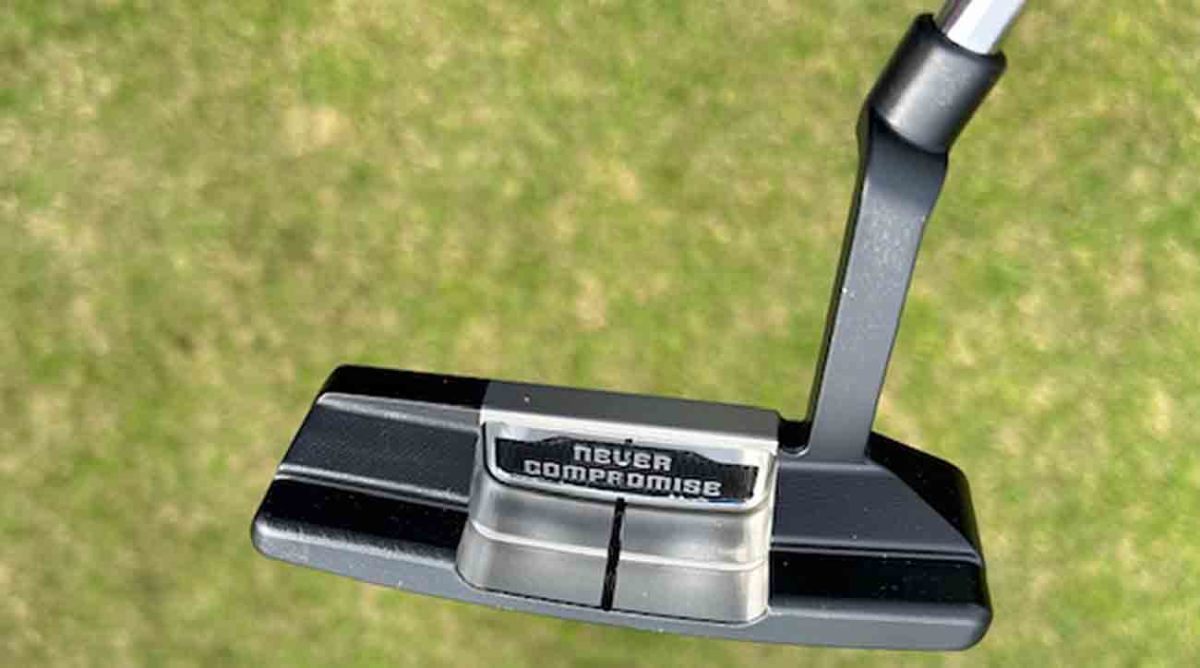
It’s been more than a decade since a Never Compromise sighting. It began in 1998, founded by Brad Adams, son of metalwoods creator Gary Adams, sold to Cleveland Golf in 2003 and resold to Dunlop Sports in 2007. Those of us who enjoyed the Golden Age of Equipment in the early 2000s have an emotional attachment to the Never Compromise name. When I saw the new version with the familiar black-and-silver paint job, well, my pulse quickened. (Or was that when I scrolled onto a replay of the Buffalo kicker missing wide right?)
The original Never Compromise was iconic because of its breakthrough idea of using composite material on the face sandwiched between heavier metal on each end of the head. The Never Compromise had a soft, alluring feel.
The new Never Compromise Reserve model has a nice feel, too—not too firm, not too soft. The head is not multi-material like the original. It’s milled stainless steel and has a bright look, brighter than the the original model. Todd Sones, a star puttermaker and regular member of top 100 golf teacher lists, created the new model and represented the original’s legacy in A-plus style.
What makes it better than ever is that it comes with a fitting session. Wait, you’ve never been fitted for a putter? Neither has most of golf’s population, a glaring oversight. Once you’re fitted at the store location, the putter’s shaft is cut to your length, your favorite grip is added and bingo, you’ve got a custom-fit putter. Never Compromise comes in five shapes—blade, wide blade, mallet, mid-mallet and fang—and two finishes—satin and contrast.
The good news is that the new Never Compromise Reserve is a premium quality putter. The not-as-good news is that you’ve got to pay up. The suggested retail price is $449. Should I admit to paying slightly more than that for the putter I’m currently using? Probably not.
Luke, come to the Dark Side. I am your father's driver.
All the top OEM’s (Original Equipment Manufacturers) are turning out top-quality gear but Cobra is notably on a roll. The King Tour irons from 2022 are still in my bag and are going to be difficult to oust. The AeroJet driver is Cobra’s best-ever driver. That may be arguable with the arrival of the Cobra Darkspeed driver ($549). I tried it out at a simulator facility near home before the show and launched some pretty good drives with my shaky off-season swing. Is it better than the AeroJet? It is if you like black. The Darkspeed has a stealth look, no color, all menacing black, that says it means business. I tested the Darkspeed 3-wood, too, and used it as a 4-wood during the annual golf writers tournament after adjusting the loft up to 16.5 degrees.
Get the Best Price on the New Darkspeed Through Our Partners at PGA TOUR Superstore
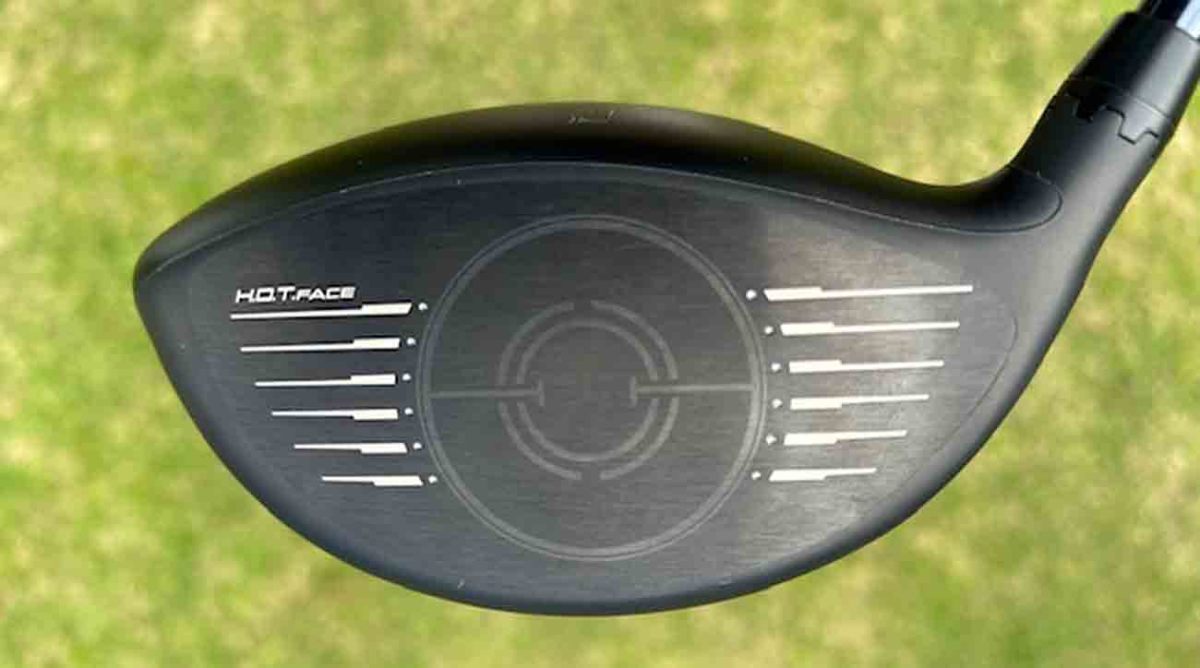
The Darkspeed driver is very similar to the AeroJet, with the top edge of the face rounded slightly more. There are a few technical tweaks inside the head—I’ll spare you the golf nerd specifics. The Darkspeed performs like the AeroJet, which means a Force may be with you.
Spin city
Titleist is the Ron Burgundy of golf balls. It really is “kind of a big deal.” Anything the King of Golf Balls does is big news. So Titleist has a new version of its AVX ball ($50/dozen). This AVX simply does what the previous AVX iteration did, only slightly better. The AVX is for players who need less spin (as in sidespin, sending shots offline). It flies a little lower and this AVX is slightly softer. That means a tad more distance with middle-iron shots for players and a little more control for chipping and pitching around the greens. The cover is thicker and softer, the AVX comes in white and optic yellow and … never mind the rest. It’s a new Titleist. Enough said.
Get the AVX Here at PGA TOUR Superstore
Roll, Stride, Roll
Golf carts are an approximately $2 billion business. Given this country’s laziness factor, a self-propelled golf cart seems like an obvious match. The Stride motorized cart ($2,299) from Zero Friction is the Bentley of American self-propelled carts. It’s got smart engineering, clever design and a lot of nice touches, even ones I didn’t think of.
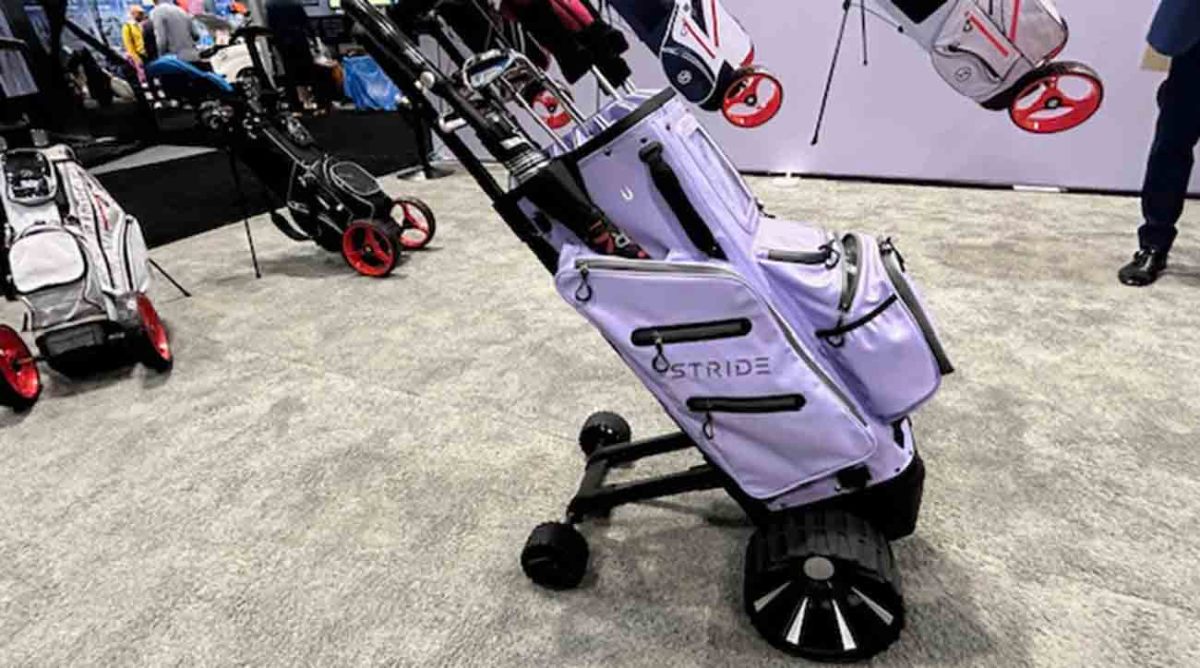
For starters, this whole deal isn’t going to fit in your trunk, right? Wrong. The cart’s big wheels pop off easily, the arms for the small wheels fold up into the chassis flat and the bag easily detaches from the rig. Your trunk is plenty big enough. The Stride weighs 15 pounds, has a remote control and an internal gyroscope. The big wheels give it a wide wheelbase that means it isn’t likely to tip over and The Stride can handle hills. Not Mount Kilimanjaro, but hills.
The best part of The Stride is that the detached bag can be used as a cart bag and it’s got the size and roominess of a staff bag. It really is a Bentley. Near the bag’s top on either side is a magnet, one for holding a rangefinder, the other for your music soundbar. A plastic cover mid-bag is a place to store your phone, face-up and protected. In case of a call, you can operate the phone buttons through the cover without having to take it out. It is also handy since most tournaments do scoring via apps on the phone, not actual paper scorecards. (I prefer the scorecards, thanks. And a pencil with an eraser.) There’s a slot for an umbrella, an ample lined cooler (assuming a six-pack is enough for you on the front nine), two waterproof pockets, pockets for tees, balls, pencils, two big pockets for rainwear and, I don’t know, maybe a breakfast buffet bar or something?
The Stride is luxury. Which you deserve since, you know, you got off your rear end and you’re walking the course.
MAX Headroom
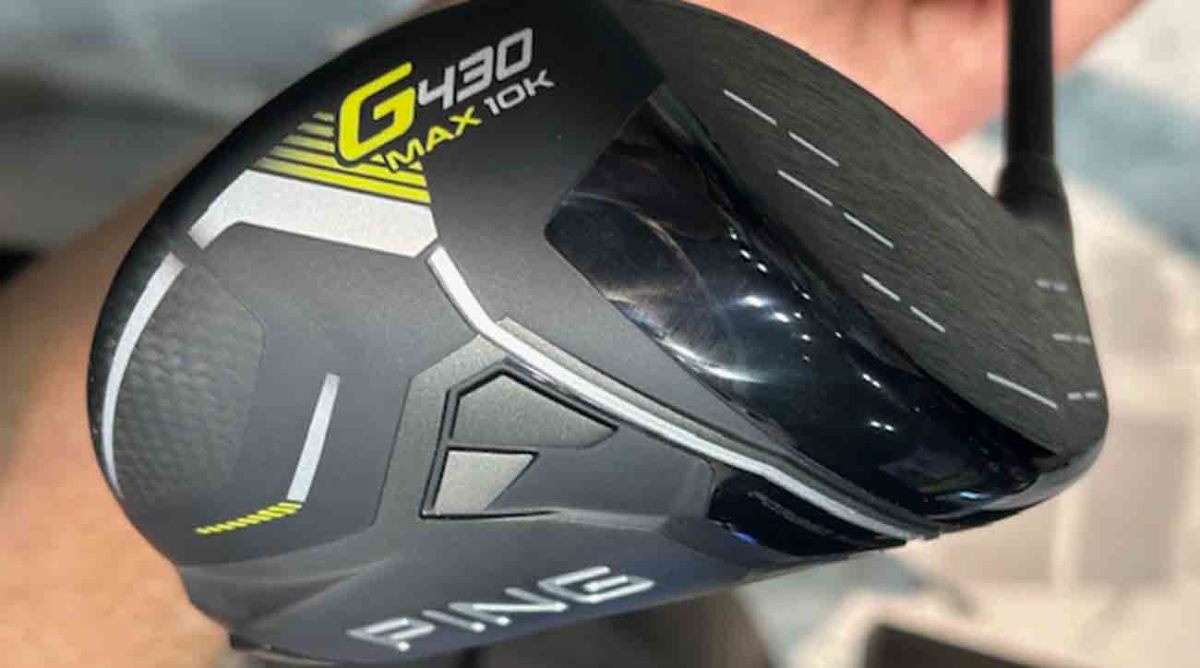
Ping says its Ping G430 MAX 10K driver ($599) has the largest head profile the company has ever had. (Is the head profile bigger than Gronk’s? A friend wants to know.) About the name—this addition to the G430 driver line, Ping’s best-ever drivers, is called the MAX 10K because it cracks 10,000 something-or-others in a combined Moment Of Inertia testing. The numbers are geek squad stuff.What it means is that this driver is more forgiving and in the G430 line, it’s a game-improvement option. If the driver is not usually your friend, this one is for you.
Get the Ping G430 MAX 10K Driver Here Through Our Partners at PGA Tour Superstore
It’s the thought that counts
Maybe you don’t need a sports psychologist to play better golf. Maybe you just need the Bridgestone Tour B XS MindSet ball ($49.99/dozen). Bridgestone says this is the “first ball scientifically designed to help you separate analytical thoughts from athletic performance.” In the vernacular of the classic film Cool Hand Luke, that means, “You gotta git your mind right, boy.”
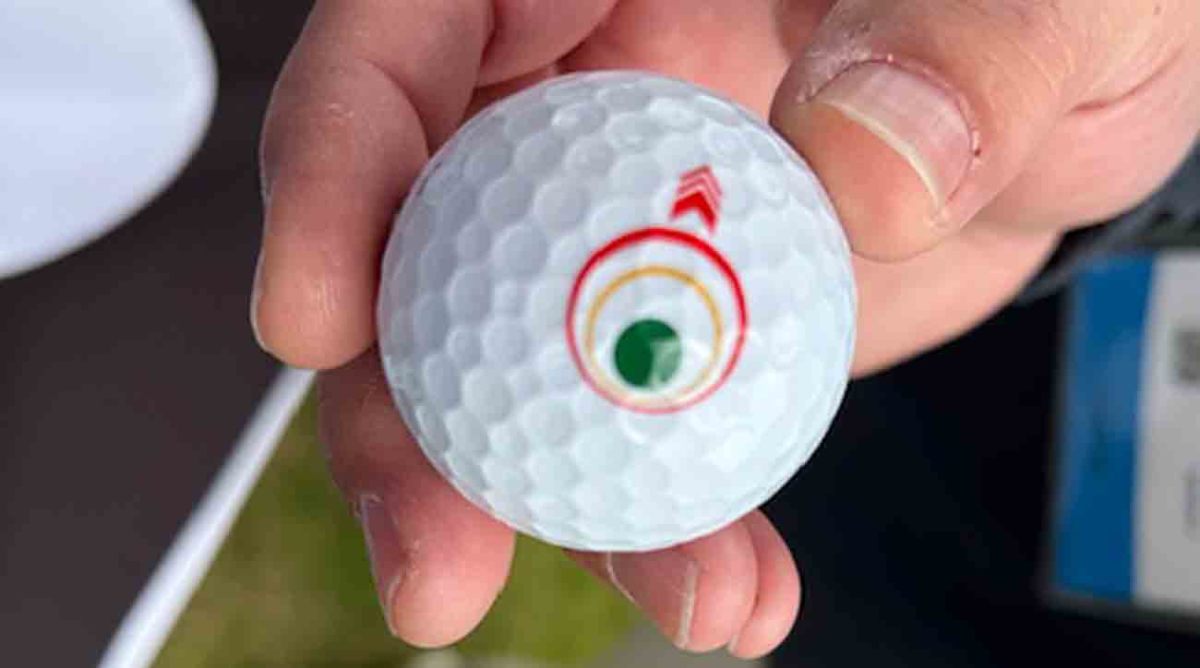
A unique logo on the MindSet ball is supposed to help you do that. It provides a visual cue of the three-step process you’re supposed to go through before whuppin’ your ball down the fairway, boy. Step 1: Identify Your Target (probably the warden for Paul Newman’s character in the movie) and analyze conditions to select a club. Step 2: Visualize the Shot Path (probably includes the warden’s forehead). Step 3: Focus On the Dot. That means pay attention to the green dot on the logo, green means go, execute the shot you visualized (don’t visualize the prisoner who got shot and executed). It’s straightforward, positive-thinking stuff. Bridgestone refers to this visual-cue ball stamp as technology. I call it outside-the-fence thinking and free coaching advice. I’ll take the help gettin’ my mind right.
Get smart
Sure, art is in the eye of the beholder so I’m going out on a limb here and saying I like the untraditional look of the Callaway Paradym AI Smoke driver ($599). The Paradym AI Smoke looks like it needs to go through the car wash and get clean but nope, that’s how it is supposed to look—uhh, weathered? Wise? Well, it will be instantly recognizable and that’s a great marketing move.
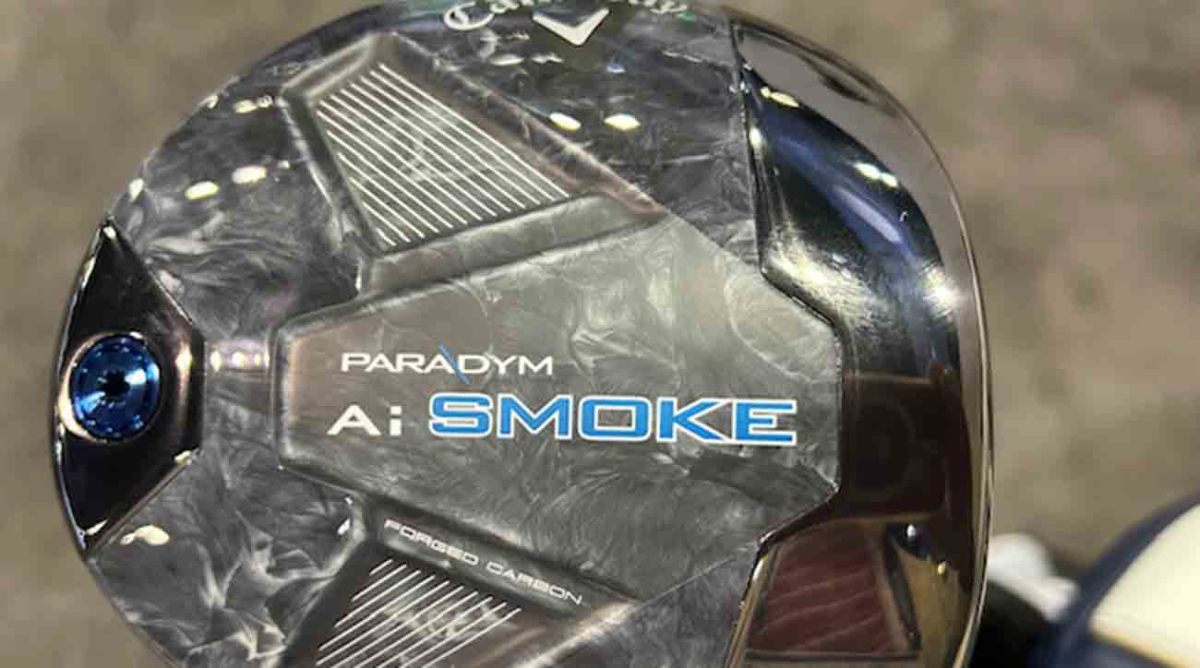
The Paradym AI Smoke driver was designed with the help of AI. Maybe the design on the driver’s bottom plate is a robot’s vision of art. Anyway, the driver has an AI Smart Face. What’s a Smart Face? The AI-created spots across the driver face called micro deflections that “activate upon impact and help optimize launch and spin on off-center shots.” Callaway says the result is “sweet spots … all over the face.” It sounds like magic. What sounds like actual physics is that the club’s carbon chassis has a new internal titanium support structure, making it 15% lighter. Let’s just say there is a lot of science built into this driver.
Buy the Callaway Paradym Smoke Driver Through Our Partners at PGA Tour Superstore
We have a dream
Sometimes, you just have to root for (and support) the underdog. Meet Renegade Golf (RenegadeGolf.com), the first black-owned golf ball company to get a ball USGA-certified for competition. The Atlanta-based company was started in 2019 by a pair of University of Georgia grads, Kenneth Duncan and Drew McLeod. Sure, why wouldn’t it be a good idea to start from scratch and go up against Titleist, Callaway, TaylorMade and the rest?
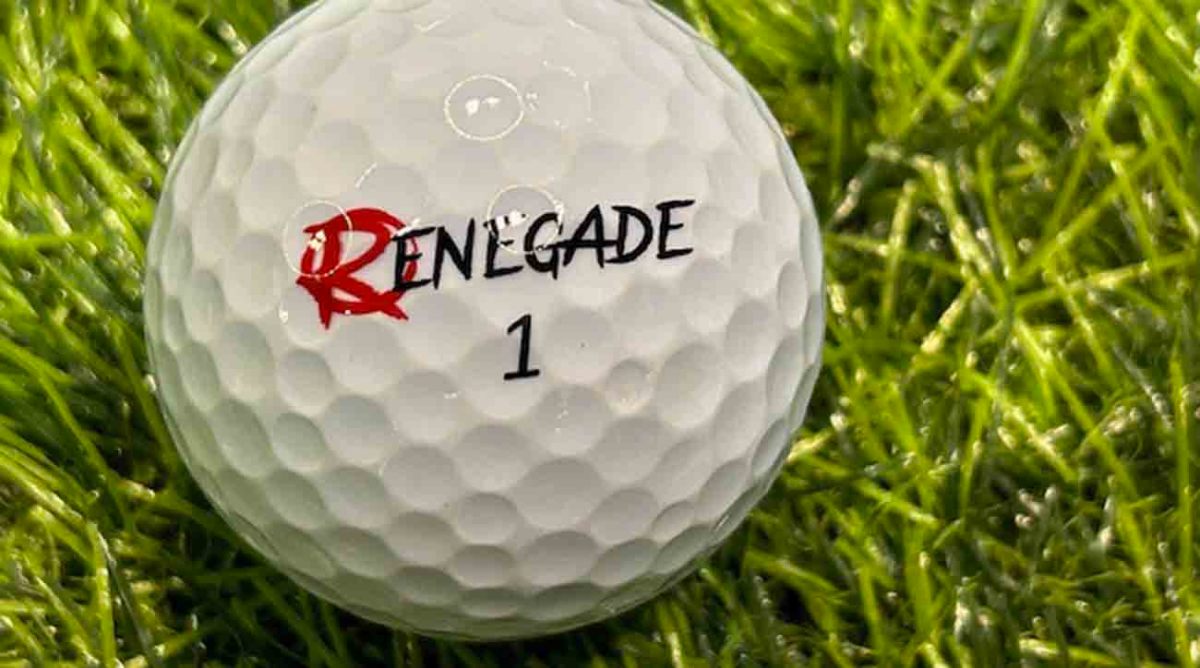
The Renegade group made it this far, all the way to the PGA Show, with a line of Mbu balls ($34.99 per dozen). Mbu is Nigerian for “First in the line of …” The guys actually started out selling golf bags and were making progress, they thought, until they realized they weren’t getting return customers because golfers keep their bags for two, three, five years or longer. They looked for an alternative golf business and found … balls.
Renegade Golf got some nice Golf Channel airtime Friday on the PGA Show’s last day so that’s a bit of validation. “We’re not going to out-Titleist Titleist,” Duncan told me a day earlier. In other words, out-spend, out-market or out-research Titleist. That isn’t important, Renegade’s competitors are other independent ball companies just trying to get a piece of the action. Duncan has met with retailers about possibly landing the Mbu line on store shelves. That would be a giant step forward if it happens. Here’s to the underdogs …
Ben there, played that
Older gents like me—seniors—still have an awe and reverence for legendary golfer Ben Hogan and his clubs, which were the gold standard of his era. You had to be a serious stick to play Hogan irons. You aspired to play Hogan clubs.
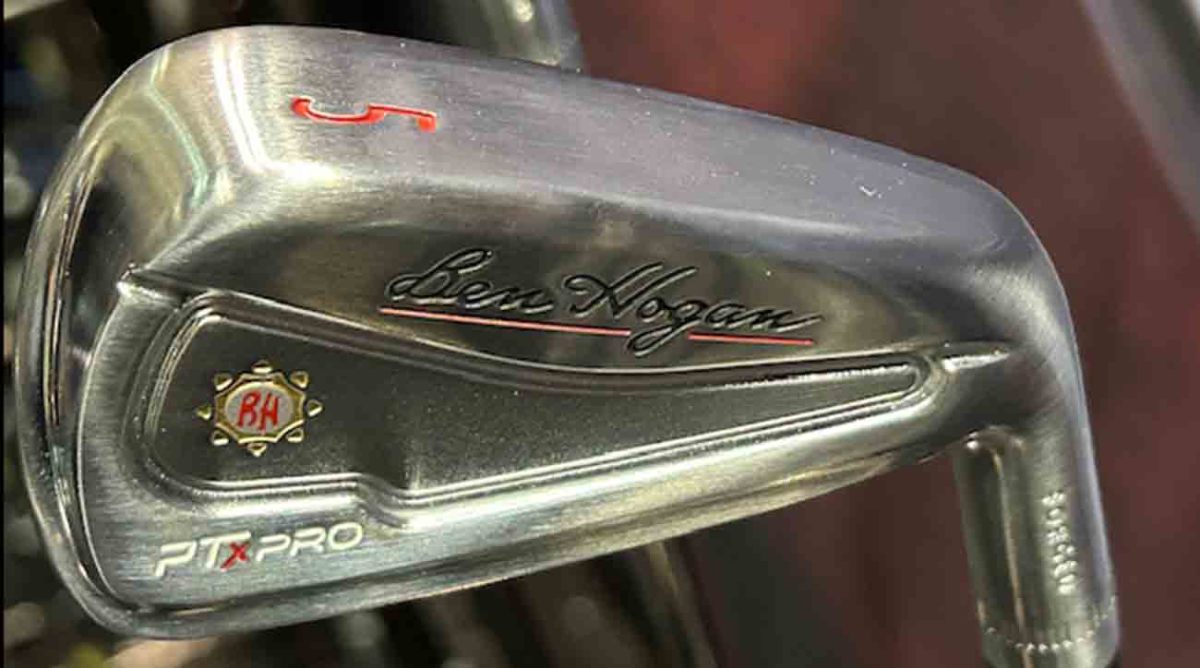
Since Hogan died in 1997, his Ben Hogan Co. has had more ups and downs than Jordan Spieth. It has gone out of business, been sold, gone under, rinse and repeat. The most recent iterations featured Ben Hogan Golf as a direct-to-consumer firm with cost-conscious prices (since there was no middle-man markup) and dependable quality. The company looked like a goner a year-and-a-half ago but Golf Brands, Inc., owned by Simon Millington and based in Las Vegas, bought Ben Hogan Golf from Perry Ellis Co. and added to its portfolio of resurrected brands such as McGregor, Ram and Zebra.
Hogan is the brand that just won’t die. It shouldn’t, either. The Hogan irons at the Golf Brands booth during the PGA Show are still gorgeous-looking blades. The PTX Pro blades ($900) also come in black. I had a set of those a few years back and foolishly traded them for, I don’t remember, maybe an inside linebacker and a future third-round pick. I’m a sucker for dark-colored clubs. Now that Hogan Golf is back, again, I am fantasizing about those blades. There is still a thrill to owning Hogan irons (Edge, Icon or PTX) and trying to prove yourself worthy.
